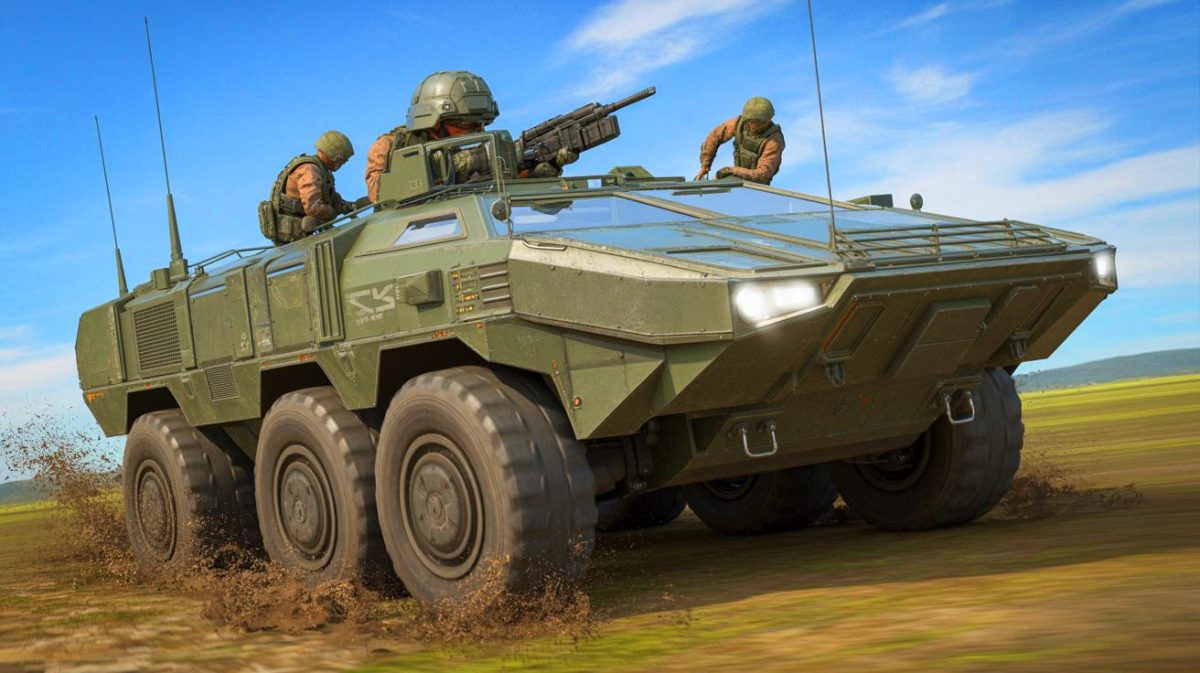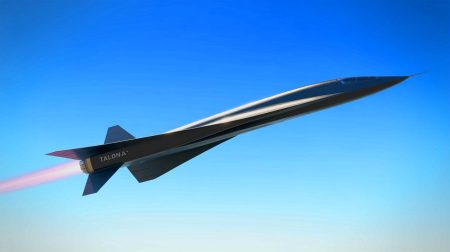| IN A NUTSHELL |
|
The U.S. Army is on the cusp of a technological leap with the development of the XM30, a next-generation infantry fighting vehicle designed to replace the aging M-2 Bradley. This ambitious initiative aims to leverage virtual simulations to streamline design and reduce costs. By exploring multiple virtual prototypes at the Detroit Arsenal, the Army is poised to redefine the future of armored combat vehicles. As the military moves towards embracing digital engineering, the XM30 promises to offer enhanced capabilities and protection for troops on the battlefield. But what exactly makes this project so groundbreaking?
The Need for a New Infantry Fighting Vehicle
The M-2 Bradley Infantry Fighting Vehicle (IFV) has been a stalwart of the U.S. Army since 1981. Designed to transport troops, provide fire support, and engage enemy vehicles, it has served its purpose admirably. However, the technological limits of the M-2 Bradley are becoming increasingly apparent. Despite numerous updates over the years, it can no longer accommodate the latest advancements in electronics, armor, and defensive systems. Previous attempts to replace it, such as the Future Combat System and Ground Combat Vehicle programs, were ultimately scrapped due to cost and programmatic challenges. Enter the XM30, a project that seeks to address these issues by harnessing the power of digital engineering and open systems architecture.
Virtual Simulations: A Game-Changer in Vehicle Design
The development of the XM30 is unique in that it heavily relies on virtual simulations to refine its design. Soldiers from the Army’s Fourth Infantry Division recently participated in a virtual mission set in a fictional Western European environment. During this 40-minute scenario, they utilized four virtual XM30s to engage simulated enemy forces equipped with drones and armored vehicles. This approach allows the Army to experiment with different designs without the cost and time associated with building physical prototypes. By testing these virtual models, the Army aims to optimize the XM30’s design, enhancing its effectiveness while minimizing expenses.
XM30: A Modular and Open Systems Architecture Platform
One of the standout features of the XM30 is its Modular Open Systems Architecture (MOSA). This framework is designed to allow for rapid modernization, keeping up with evolving technology and software at a reduced cost. The open architecture also invites industry competition and innovation, providing opportunities for future upgrades. The XM30 is part of the Middle Tier Acquisition Rapid Prototyping program, which utilizes a five-phase approach to design, prototype, test, and produce the vehicle. With a target of equipping a first unit by 2029 or 2030, the XM30 is set to become a cornerstone of the Army’s future combat strategy.
The Technological Edge: Raytheon’s Role and Future Prospects
Raytheon, a leading defense contractor, plays a crucial role in the XM30’s development. The Lynx XM30 variant incorporates Raytheon’s expertise in weapons, sensors, artificial intelligence, and system integration. This partnership ensures that the XM30 remains at the forefront of military technology, providing an advanced, modular, and combat-ready solution. The vehicle’s open system architecture allows it to adapt to future growth and modernization demands, ensuring it remains relevant for decades. As the Army prepares for the challenges of the future battlefield, the XM30 promises to deliver unparalleled troop protection and technological superiority.
The XM30 represents a bold step forward in military innovation, combining the latest in digital engineering with a commitment to cost efficiency and adaptability. As the U.S. Army continues to explore virtual simulations and open systems architecture, the XM30 stands as a testament to the potential of these cutting-edge approaches. With its focus on technological advancement and troop protection, the XM30 is more than just a vehicle; it is a vision for the future of warfare. How will this new approach to vehicle design influence other branches of the military and beyond?
Did you like it? 4.7/5 (25)









Wow, the XM30 sounds like it’s straight out of a sci-fi movie! 🚀